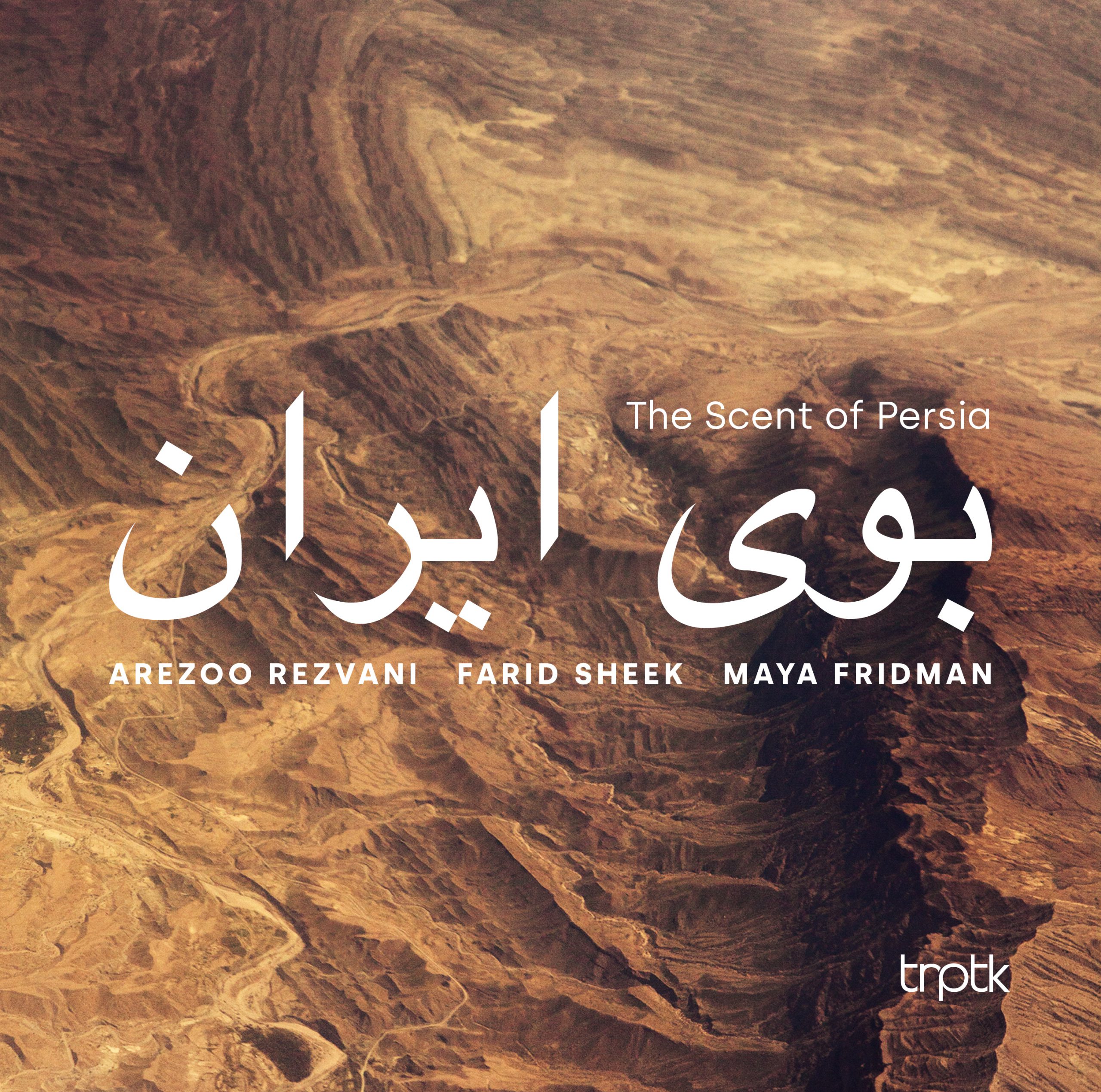Each season of the year brings with it a feeling of nostalgia and separation. Fasle Deltangi is something that comes back every year and overtake us with these feelings. With this music, we try to bring forth these emotions.
About the album
Khazan means “Autumn” in Persian. Khazan symbolizes the beauty and dreamy colors of the season, which are played on the Persian santoor, the daf, and the cello.
Shur (Dastgāh-e Šur) is one of the seven “Dastgah” in traditional Persian music, and maybe the most important one. Dastgah is a system of modes, like scales in Western music. Many pieces of folk music from all around Persia use Shur or a related mode.
Each season of the year brings with it a feeling of nostalgia and separation. Fasle Deltangi is something that comes back every year and overtake us with these feelings. With this music, we try to bring forth these emotions.
The santoor is an Indo-Persian instrument with a rich cultural history. The oldest predecessor of the santoor was played in Mesopotamia (the current Iraq and north-east of Syria) between 1600 and 911 BC. In its history, the santoor and its family of instruments were also named “Shatha Tantri Veena” in ancient Sanskrit, meaning “100-string Vina”. Nowadays, the santoor is not just a traditional instrument in the cities of Jammu and Kashmir but is also the national instrument of Iran. In Kashmir, the santoor was used to accompany folk music, but also Sufi hymns. The instrument is made of walnut or maple and has a characteristic shape that slightly differs between the Persian and the Indian variant. The Persian santoor has 72 strings and a trapezoid body. The Indian santoor has a more rectangular body and sometimes more strings. In this EP, Arezoo Rezvani plays the Persian santoor.
The Daf is a frame drum from the Middle-East, that was used in popular and classical Middle-Eastern music. Daf means “to hit” in Hebrew. The instrument is made from hardwood with many metal ringlets. The membrane is usually made from fish skin, but sometimes also from that of the cow, goat, or horse. The daf belongs to one of the oldest and most influential Persian/Kurdish percussion instruments and usually accompanies the tanbur, violin, oud, saz, or singers. The oldest predecessor of the daf goes back to the dynasty of the Sassanides in Iran, long before the rise of Islam in the area. It is used in many different cultures and regions for different reasons. Some cultures use it in religious music, whereas others play the daf on festive occasions or in times of mourning.
Tracklist click to play/pause
-
Parviz Meshkatian
Khazan
8:318:31
-
Arezoo Rezvani
Improvisation - Shur
6:016:01
-
Aidin Olianasab
Fasle Deltangi
5:045:04
More information
| Label | TRPTK |
|---|---|
| Genre(s) | World Music |
| Artist(s) | Arezoo Rezvani Farid Sheek Maya Fridman |
| Composer(s) | Meshkatian, Parviz Olianasab, Aidin Rezvani, Arezoo |
| Recording location(s) | TRPTK Studio, Utrecht (NL) |
| Recording date(s) | January 2018 |
| Cat. No. | TTK 0018 |
|---|---|
| Release date |
March 18th, 2018 |
"Track one is a knockout. Clear and transparent with no ugly harmonics that 44.1 sampling tends to produce. I loved the music and will buy the album."
Listener
Related products
-
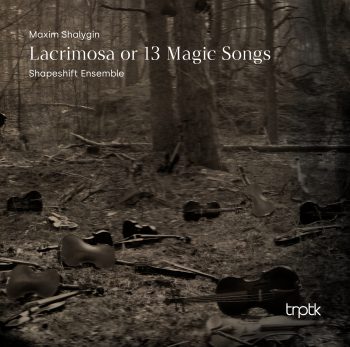
Shalygin: Lacrimosa or 13 Magic Songs
Shapeshift Ensemble
Hi-res Download
€ 17,00 | TTK0020 -
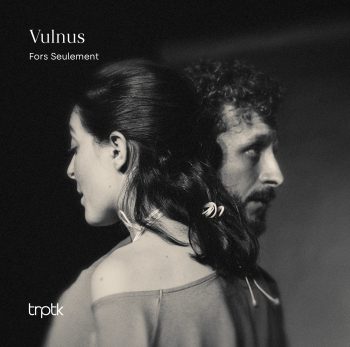
Vulnus
Fors Seulement
Hi-res Download
€ 8,50 | TTK0035 -
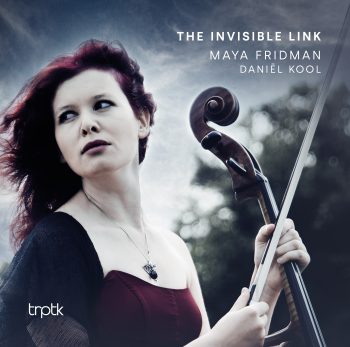
The Invisible Link
Maya Fridman
Daniël KoolHi-res Download
€ 17,00 | TTK0001 -

Shalygin: Blessing
Georgi Sztojanov
Babylon QuartetHi-res Download
€ 5,50 | TTK0033 -
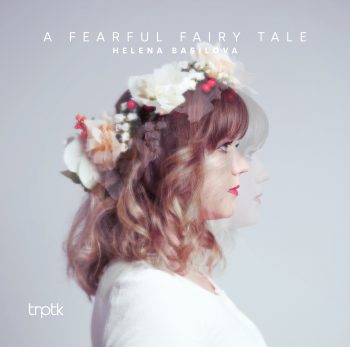
A Fearful Fairy Tale
Helena Basilova
Hi-res Download
€ 17,00 | TTK0041 -
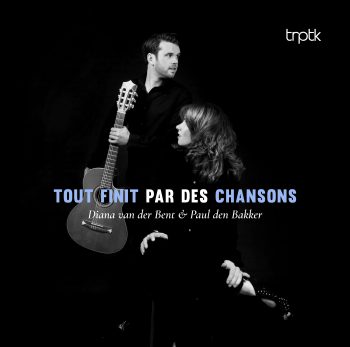
Tout Finit par des Chansons
Diana van der Bent
Paul den BakkerHi-res Download
€ 17,00 | TTK0026


